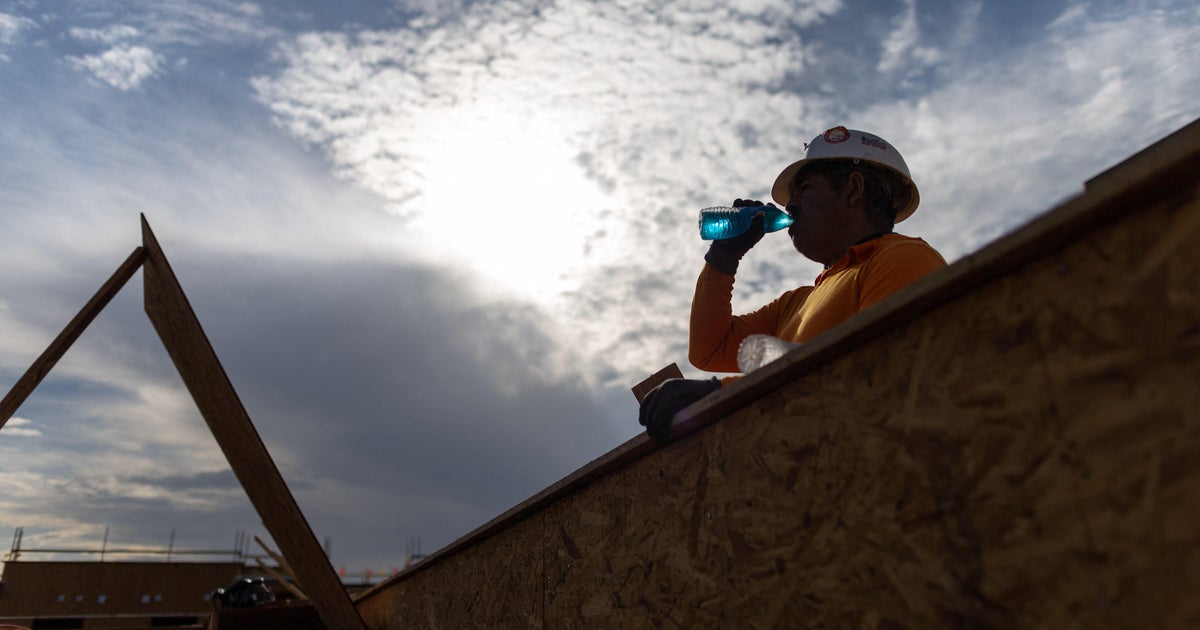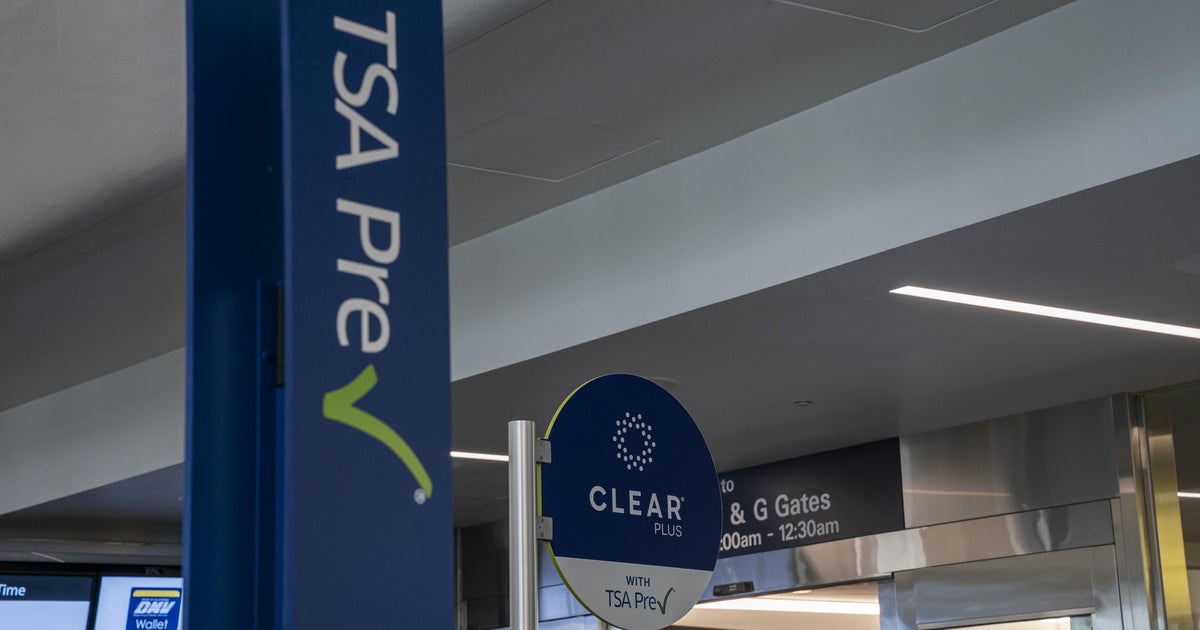In some parts of U.S., ultra-low unemployment rate is a problem
Bob Johnson said he had to make a difficult decision to close his Maine bakery's second location this fall. It wasn't due to a lack of customers or sales—but rather an inability to find staff.
"When we went through two to three iterations of trying to hire and banging our heads against the wall, I was like, 'Let's focus on the bakery'," Johnson said, referring to his original location in South Portland's Willard Square. "Everybody's hiring, and people are jumping around town," making it more difficult to find workers, he added.
Johnson said he raised wages at his bakery, Scratch Baking Co., paying $40,000 to $50,000 to team managers and as much as $15 an hour plus customer tips for front-of-the-house staff. But he still couldn't find enough workers to keep his second location open.
Scratch Baking is among the many U.S. businesses experiencing the downside of the lowest unemployment rate in half a century. In New England, for example, Vermont has the lowest jobless rate in the nation, at 2.2%, while Maine ranks No. 10 at 2.9%.
The problem, said Moody's Analytics economics director Adam Kamins, is exacerbated by northern New England's demographic challenges.
"There are labor market shortages across the U.S., but northern New England is where it's worst," Kamins said. Even though the economy is relatively strong in these states, they have "very weak demographic growth and domestic migration is negative — people are moving out of northern New England."
He added, "You have no slack in the labor market whatsoever. There aren't enough workers available for the jobs."
Outward bound
Vermont's population isn't shrinking, but it's not projected to grow much, either, according to Moody's data. And while Maine's population is growing, that's mostly due to retiring baby boomers. At the same time, many young adults in the region are leaving for jobs in bigger cities and more populous states.
In some ways, northern New England has the most in common with Hawaii, Kamins said. With the sixth-lowest unemployment rate in the nation, at 2.7%, Hawaii should be thriving. Yet more people are leaving the state than are arriving, partly due to its high cost of living some 2,400 miles from the U.S. mainland.
While such low unemployment rates are prompting employers to raise wages, these states typically don't offer the types of jobs that people relocate for, Kamins noted. For instance, a $16 an hour job at a bagel shop might be great for local workers, but it's unlikely to lure someone to move across the country.
"They can't afford to take a year off"
Student debt may also contributing to labor shortages in some states. Adults with student loans are less likely to remain in rural areas, while those shouldering the heaviest debt are the most likely to migrate to cities, Federal Reserve research has found.
Scratch Baking's Johnson said he's noticed fewer college students and recent college grads looking for jobs. "They are going right into a professional track" rather than spend a year working in a bakery or brewery as in previous years, he said.
"Part of the story might be around student debt—they can't afford to take a year off," Kamins theorized.
Whatever the cause, the worker shortage in some industries and states is constraining economic activity. And it's not only a regional problem: About 6 in 10 small business owners around the country sought to hire employees in October, but 88% of those said they found no qualified applicants for their open positions, according to a recent national survey from the National Federation of Independent Business.
Not every state with low unemployment is hurting for workers, Kamins noted. Colorado, Massachusetts and Virginia are among the states "where the unemployment rates reflect a really positive story," because they offer plenty of high-wage jobs and the demographic trends are rosier than in northern New England, he explained.
"The only real way to grow output in a strict economic sense is improved productivity or to hire more workers," Kamins said. "When one path is closed off compared with the rest of the country, it puts those states at a structural disadvantage."



